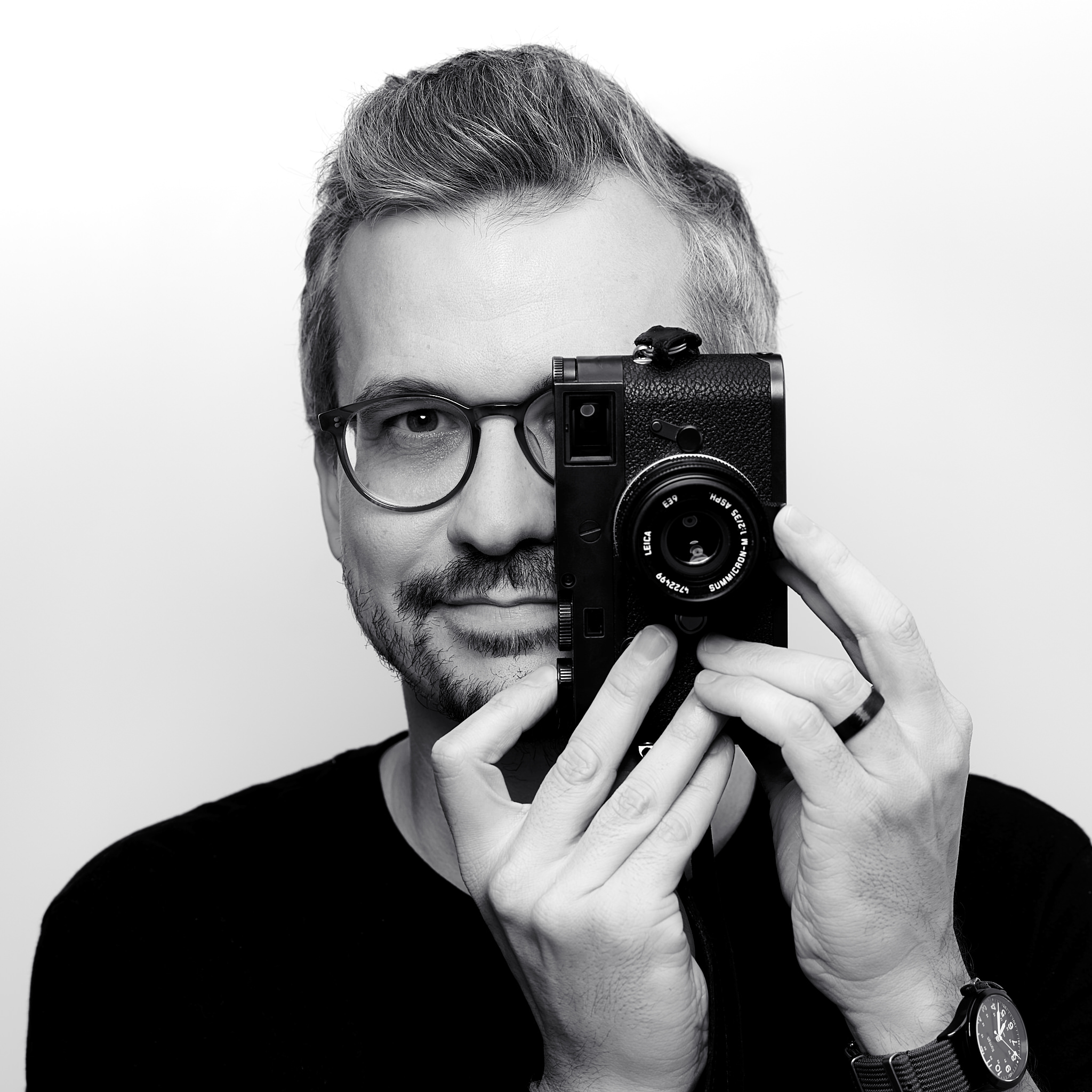Tips for photographing a WordCamp
After having received very positive feedback for my images of WordCamp Europe 2016, I thought I’d share some tips for covering events like this with a camera.
Use the camera you have
First of all, it does not matter what type of camera or which brand or model you use. I captured my first WordCamp with a fixed lens camera – no zooming and not a particularly fast auto focus.
If you have the choice, use a camera that performs well in low light situations (low noise at high ISOs).
Set the correct time and date in the camera settings
This might seem trivial, but I forget to do this all the time – especially when traveling across time zones.
It is even more important, if you use more than one camera – make sure they are in sync! It is annoying to correct the time after the fact, when you can easily set it in camera before you take your first picture.
Bring enough batteries
You’ll probably take lots of images. Make sure you have enough power to last the whole day/event.
Be polite
This should be obvious: Always be nice to the people you are photographing. (And to people you are not photographing as well, for that matter.)
If someone is uncomfortable having their picture taken, don’t do it!
Also: Never release a photo in which people look weird. It might be a funny shot, but the person might be embarrassed by it. If you really think it is a great image, ask the person if they are ok with you publishing it.
Know the schedule
Prepare by learning the schedule of the event you are covering. It is helpful to know where the important things happen and when. Be there early as not to cause any disturbance by entering the room when people are already concentrating on the talk.
It is also good to know the names of people (eg. the speakers), so you can ask them for a portrait or generally start a conversation – and of course for tagging images when your are back at your computer.
Anticipate
Maybe the most important tip: Always be aware what is happening around you!
Even better: Try to anticipate what is going to happen, so you have your camera at the ready.
You can practice this by just watching people: Try to figure out how and where they will move, how and with whom they might interact.
Look behind you. Look up. Don’t just concentrate on the main subject, like the current speaker. Crowd reactions are interesting/fun, too.
If you do any street photography you might already be familiar with all this. It’s all about anticipating something interesting.
Get close
If you can, that is. Don’t get in the way (see next tip).
This might be a personal preference of mine, but I generally like photos that were taken close to the subject better, than those taken with a big telephoto lens. It conveys more intimacy and gives you more of an “in the moment” feel. At least that’s what I think.
Be stealthy
One of the nicest compliments I received, was from Tammie who said she loved my „stealthyness“. The takeaway here is: Don’t ever get in the way – of speakers or anyone else.
Blend in with your surroundings and always be aware of your surroundings: Eg. don’t bump into people, while walking backwards to frame your shot. Don’t get in the way of your fellow photographers, either. Never use flash when photographing speakers on stage during a talk. If your camera has a silent shutter setting, use it.
Best case, people should not even notice you being there at all.
Edit your images
I have very strict rules for images I will publish. Unsharp, uninteresting photos – I won’t. (The interestingness is obviously very subjective.) There are always images that I like content- and composition-wise, but if they are not up to my own standard for a quality picture, I will not included them in my final edit.
This year at WordCamp Europe I a took around 1600 images in total, of which I published my 30 favorites in this blog post. I published another 240 images on flickr. I feel that it is an ok number to share, but I rather publish fewer, higher quality images.
Also, if you shoot in an official capacity, organizers will be thankful if they don’t have to look through hundreds of images to find the one photo that fits their need.
What I am trying to say is: Publish only your best pictures.
Post process your images
Make the best out of your raw material. Do at least basic (color & lighting) corrections before you publish your images.
I occasionally use cropping to remove parts of an image that don’t add anything interesting.
This is documentary work, so retouching (with Photoshop) should not be necessary. (I usually only work in Lightroom.)
Find your own style
There is no point in trying to copy what other people do. I can analyze photographs of the great masters as long as I want, my perception will always be different.
I guess you develop your personal style by taking lots and lots (and lots) of images. It takes time.
Like with coding and most things in life, practice makes best: Take lots of pictures. Edit them. Develop them. Be your own worst critic.
Have fun
Most importantly: Have fun, while taking pictures!
